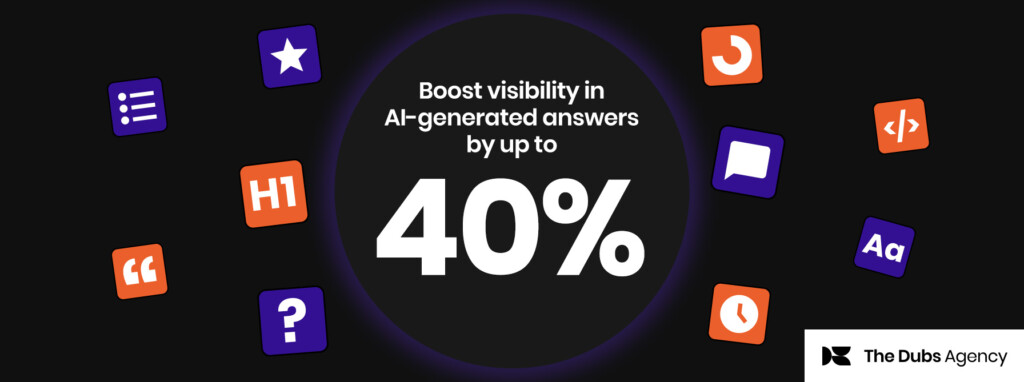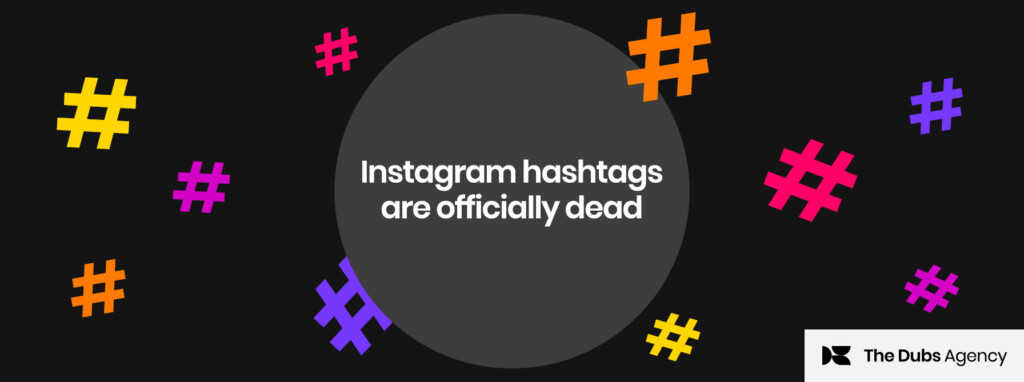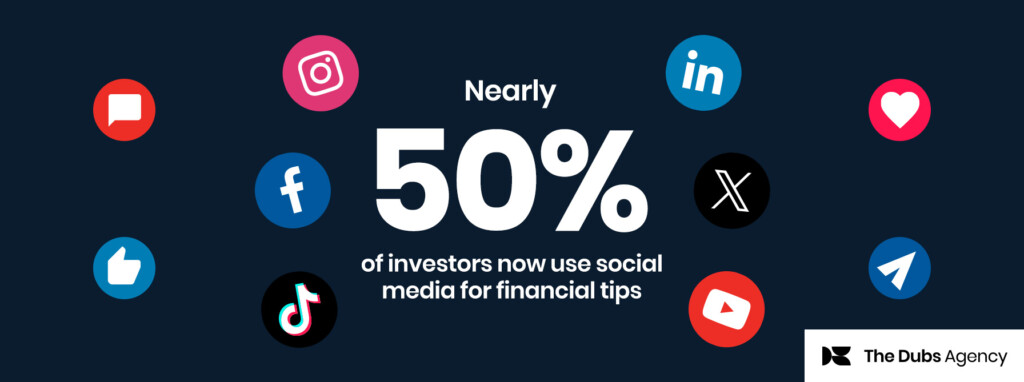In the ongoing digital transformation that we are seeing across the financial services industry, the rise of marketing automation is both crucial and inevitable. The market is expected to be worth $16.06 billion by 2022. At its simplest, marketing automation has been a mainstay of marketing campaigns for decades – consider the dynamic insertion of names into direct marketing mails and later, into emails.
Automation allows companies to fine tune their marketing campaigns, whether that’s email, display advertising, personalisation, analytics, CRM or any other channel key to your business. According to a survey by Regalix, 64% of marketers said they saw the benefits of using marketing automation within the first six months of its implementation. Marketing Automation Platforms or MAPs can help to boost a host of key marketing metrics from customer acquisition, to customer satisfaction and loyalty.
So how can automation boost marketing efforts?
At a basic level, automation provides an immediate impact on efficiency.
Campaigns can be planned, scheduled and personalised well ahead of time, then set to run as required. In a survey by Adgorithms, 88% of marketers said that reducing the time spent on preparing reports and analysis, to make more time for strategy and customer interactions, would be valuable. B2B marketers who use marketing automation software increase their sales pipeline contribution by an average of 10% according to a study by Forrester. Some of the biggest perceived benefits of the technology aside from time saving, according to adopters, includes better targeting for prospects, improving customer experience, better email marketing, lead management and multi-channel marketing.
Start by reviewing your daily tasks. What do you find yourself doing repeatedly, what is taking up a lot of your time and can be automated? It’s likely there’s a tool out there that can help you. Review the tools you currently use, consider where there is crossover, review what can be integrated – CRM, analytics, email, social platforms. Ensure that you are making the most of the tools you already have before you integrate an additional platform, centralise your contacts and your data where at all possible.
Which tool should I use?
The range of marketing automation technology is ever growing and it can be difficult to sort through all the options. There are big names like Marketo and HubSpot or lesser-known players like SharpSpring and Act-On. Spend time defining exactly what your requirements are before you start working through each tool’s costs and capabilities. Establish clear goals for the technology, it’s easy to get distracted by cool gadgets but focus on the core purpose of your investment. The State of Marketing Technology 2017 report found that only 3% of marketers believe they are getting full value out of their tools. This marketing automation software report by Digital Marketing Depot is also a worthwhile read, examining some of the key considerations involved in implementing marketing automation software.
Subscribe now for content marketing insights and trends straight to your inbox.









